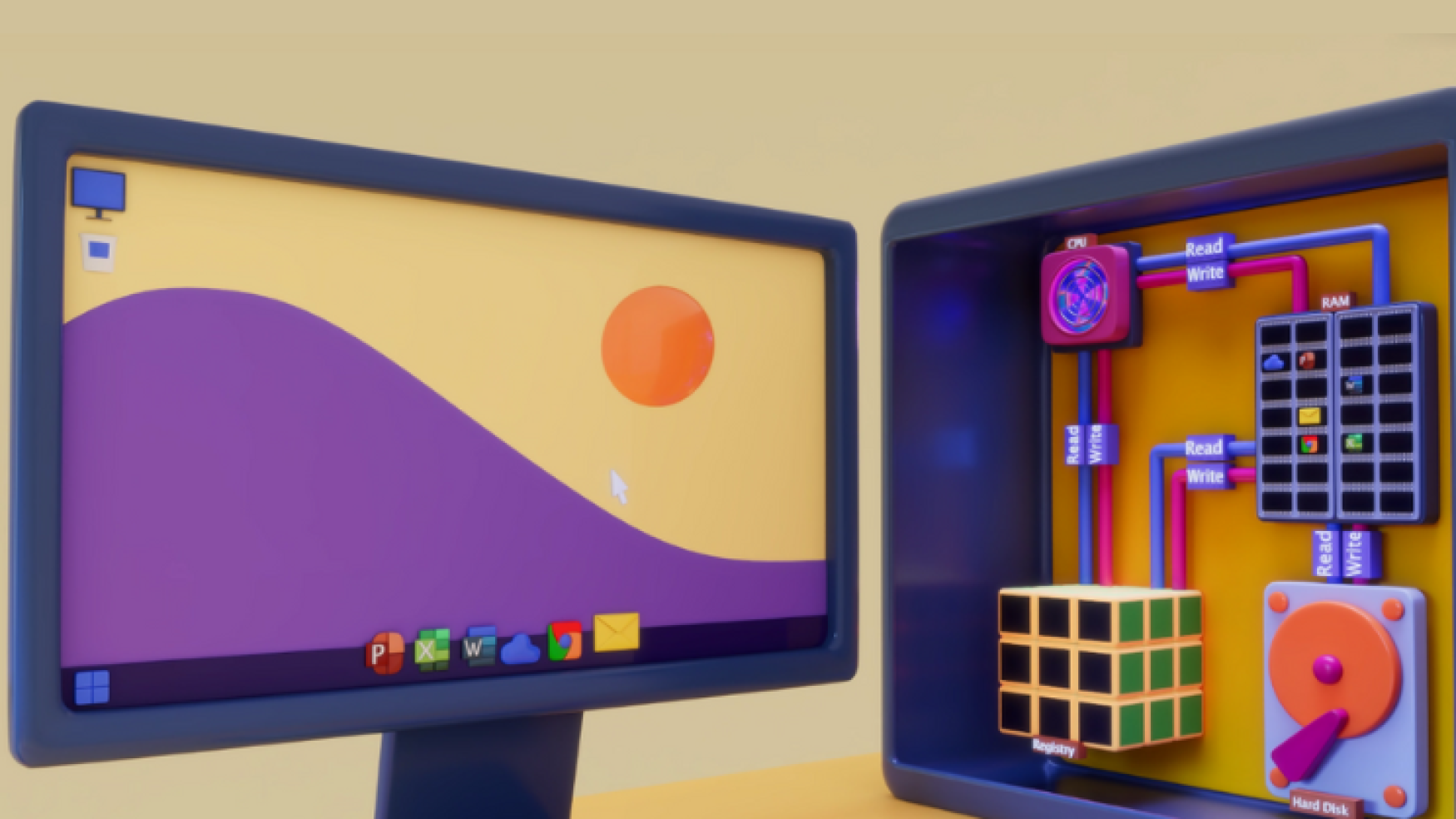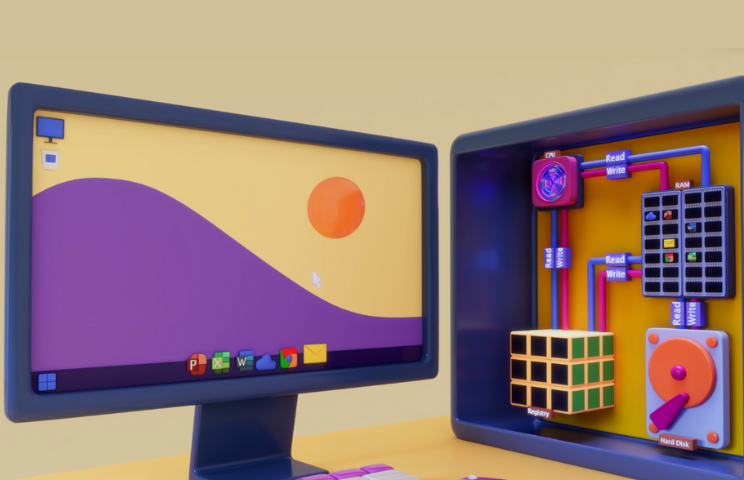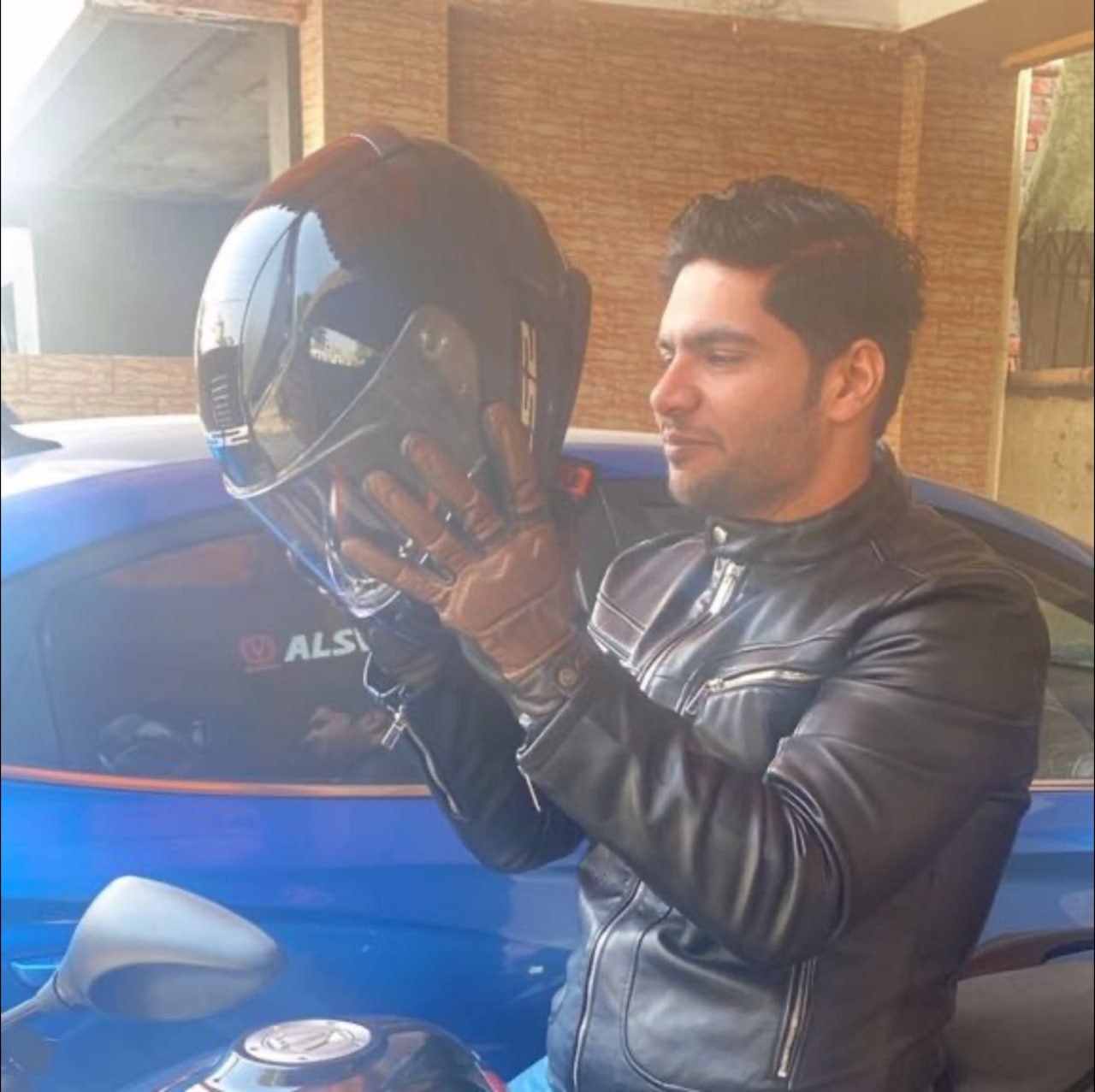- AnimationGame ArtCharacter Design3D Art

How many 3D animated explainer videos have you seen till now? According to Crackitt, among 93% of marketers who use video, about 59% of them use animated videos. So, using 3D explainer videos can differentiate your idea from those who use live action videos in the market by leaving a lasting impression, increasing your attention span, and boosting your engagement rate.

Landing pages with explainer videos convert 86% better, and viewers retain 95% of a message when they watch it in a video based on HubSpot and Forbes data. While people’s attention spans are decreasing day by day, Our animation studio provides 3D animated videos with the ability to have more stunning visuals and uniqueness that can capture viewers’ interest and boost that 86% conversion.

Tubular Labs data shows that 73% of users order a product or service after watching an explaining video about it. And based on Wistia, 52% of marketers claim that video content can generate the best ROI. Every explainer video cannot raise that 73% of users, so you need a different, more engaging one. 3D animated explainer videos have the power to help you through their limitless features and stunning visuals.





ABOVE OUR EXPECTATIONS
It has now been a few months that we have been working with Pixune Studios and the quality they deliver is truly impressive. From the start, they have been understanding our vision and providing 3D animations that were above our expectations. We are already engaging ourselves in a long term partnership.

EXCEPTIONAL PROFESSIONALISM AND FLEXIBILITY
We are beyond happy to have found Pixune Studios and will gladly continuing our collaboration with them for all our animation projects. Ashkan is an extraordinary talent, bringing immense dedication and passion to our short film. The realism and depth they infused into the characters were truly remarkable, elevating our project to a new level. The team at Pixune Studios demonstrated exceptional professionalism and flexibility throughout the entire process, enabling us to achieve a level of quality that would have been unattainable without their expertise. Their attention to detail, creativity, and commitment have made a significant impact on our short film. We are immensely grateful for Pixune Studios and highly recommend them to anyone seeking top-notch animation services. We look forward to many more successful projects together!

SURPASSED OUR HIGH EXPECTATIONS IN QUALITY
Working with Pixune Studios on our cinematic anime trailers was an incredible journey. Initially, we were hesitant due to concerns about cost, especially given the urgent timeline we required. However, Pixune quickly proved that they were worth every penny. Not only did they meet our tight deadline, but they also delivered work that surpassed our high expectations in quality. Their dedication, professionalism, and extraordinary talent turned our project into a masterpiece. It's rare to find a team that genuinely delivers on their promises, both in terms of time and quality, making Pixune Studios a truly valuable partner. We wholeheartedly recommend them and eagerly anticipate our next collaboration. - The DARKTIMES Team

TRUST THEIR EXPERTISE
Pixune Studios went above and beyond to ensure that the 3D animation required for my project was completed by the deadline and within the budget that was allotted. I truly appreciated their hard work and dedication to their clients– often working very late into their evening so that every detail and point of feedback was addressed in time. The quality of animation was impeccable, and I can definitely say that I trust their expertise when it comes to 3D work. They made sure to provide consistent communication and provide updates along the way, which made it much easier to trust them and their process. I highly recommend Pixune Studios to anyone looking for 3D design support!

SURPRISED WITH THE QUALITY
We had a character animation that needed to be done for a large project and we were given a short timeline. Pixune and the team worked with our internal team to take one scene. They were prompt, worked within our timeline, and delivered quality work! I was hesitant to hire an outside of our company as we typically handle all animation in house but the timeline was too short for our team to complete. We were presently surprised with the quality and how seamless the workflow was. Would recommend!

PUT EXTRA EFFORT INTO THE PROJECT
They are very eager to satisfy the client's requirements. Their communication is perfect and also understanding of the required output is on point. They put extra effort into the project to get it completed in time and have a skilled team and your project is safe in their hands. I will definitely work with them in the future. Best of luck guys great working with you.

BEYOND OUR EXPECTATIONS
Pixune Studios was hired to create a two minute animated music video to accompany a new song from Canadian recording artist EVETA. After contacting many animation studios in Canada and in the US, it became apparent to us that a ‘high quality’, ‘world class’ animated music video could not be produced for the budget that we had in mind. Poland based Pixune Studios was the only company that could produce what we wanted within the necessary budget. Furthermore, the Pixune team was easy to reach and communicate with. Given the complexities of operating during a worldwide pandemic, our project did incur a bit of a delay but in the end, the quality of the product delivered was BEYOND OUR EXPECTATIONS. I would highly recommend Pixune as a ‘go to’ animation studio for the music industry.

QUALITY IS THEIR FIRST PRIORITY
During the first meeting with Mohammad, I learned a lot about YouTube marketing and the process of creating 3D animation. Although their price was higher than my budget, I decided to collaborate with them because of their quality and communication. I really enjoyed working with Pixune Studios because they were always in touch and ready for meetings and revisions. Since quality is their first priority, even though I was satisfied with the design of the main character of my YouTube animation, they designed it again from scratch at their own expense to make a memorable mascot for my animation. And finally, the result was much better than my expectations, so that we are planning the next project with them.

SUPPORTIVE AND PATIENT
I am blown away by the work of Pixune Studios. I really didn't know how I would be able to replicate my daughter's drawing, but Pixune Lak assured me that they could make Laci become a reality. I have had a ton of experiences when it comes to creative art designs, and they didn't turn out well. So, I was even more uneasy when he handed me off to Reza to handle my design. However, Reza and the entire design team were just as supportive and patient with me throughout the entire process, even when I made additional changes. Pixune Studios maintained its integrity by fulfilling the job as agreed and exceeded my expectations. This is only the beginning. Thank you again.

HIGH-QUALITY 3D ANIMATION
We worked with Pixune for a high quality 3d animation. they delivered on all front, time, execution, details, communication etc. Really recommend working with these guys.
“NOT COMPARABLE WITH OTHER SUPPLIERS”
“THE FINAL RESULT EXCEEDED MY EXPECTATIONS”











The high number of delighted customers of our 3D animation services speaks volumes about the quality of our created work, resulting in increasing sales, clicks, traffic, engagement, and attention. We know how to motivate your audience, help you stand in the market, and deliver results beyond your expectations.
We offer more than just a 3D explainer video. What you truly desire is impact: more views, more clicks, more installations, and increased revenue. And that’s exactly what we provide. We know how to motivate your audience and deliver results beyond your expectations.
We understand the importance of time, especially in today’s fast-paced world. Pixune values your time. Therefore, we prioritize efficiency and timeliness in our 3D explainer video studio without compromising on quality. Our production pipeline is optimized to maximize efficiency and minimize unnecessary delays.
You will be constantly updated to share your comments, apply any changes to the animated explainer video, and ensure we are on the right track. An exclusive account manager will be allotted to your project, who will manage our communications. They respond to messages quickly, are always available, on-call, and ready to jump on a meeting with you, even on weekends.

A 1 minute-long 3D animation explainer video can cost about $5K to $10K (€4.8K – €9.5K) or more.
The cost of 3D animation explainer video can vary greatly depending on the number of characters and environments, objects, art style, the complexity of animations, technical specifications, and time.
You can contact us right now to receive a price estimation of your 3D animation explainer video design today.
Making 1 minute of a 3D animation explainer video takes between 2 to 4 weeks. Multiple factors can affect this time span, such as art style, number, the complexity of assets (characters, environments, objects), VFX, quality, budget, etc.
You can contact us right now to get an accurate time estimation for your 3D video explainer video today.
We provide 3D explainer video services in the USA, UK, Canada, the Middle East, etc. We understand the importance of seamless collaboration across borders and time zones. Most of our clients are from the USA and here is how we ensure efficient collaboration despite time zones and languages:
Our 3D animated explainer video studio offers high-quality animated videos across different styles and types in three dimensional space for industries:
3D Animation Types like motion capture, stop motion, cel shaded, etc.
3D Animation Styles like realistic, stylized, cartoony, low poly, etc.
Here, custom 3D animation styles are also available if you have something specific in mind. We can match or combine multiple styles to achieve your complex ideas and visions with details and create a 3D explainer in any style you desire.
Let us know your vision, and we’ll make it a reality through our innovation and customizable 3D animated explainer video services.
Here are 3 key tips for better managing your budget and timeline:
Here are 3 key managing tips for rushed projects:
Here are 7 strategies to help you benefit the most from an animated 3D video partnership:
Here are 3 common challenges and risks in 3D explainer video workflow and strategies to address them:
Here’s what you can expect from our 3D animated explainer video company:


Our door is always open to friendly conversations.

Pixune is a full-service studio providing high-quality Animation,
3D Animation, and Game Art Services.
Message us and receive a quote in 24 hours